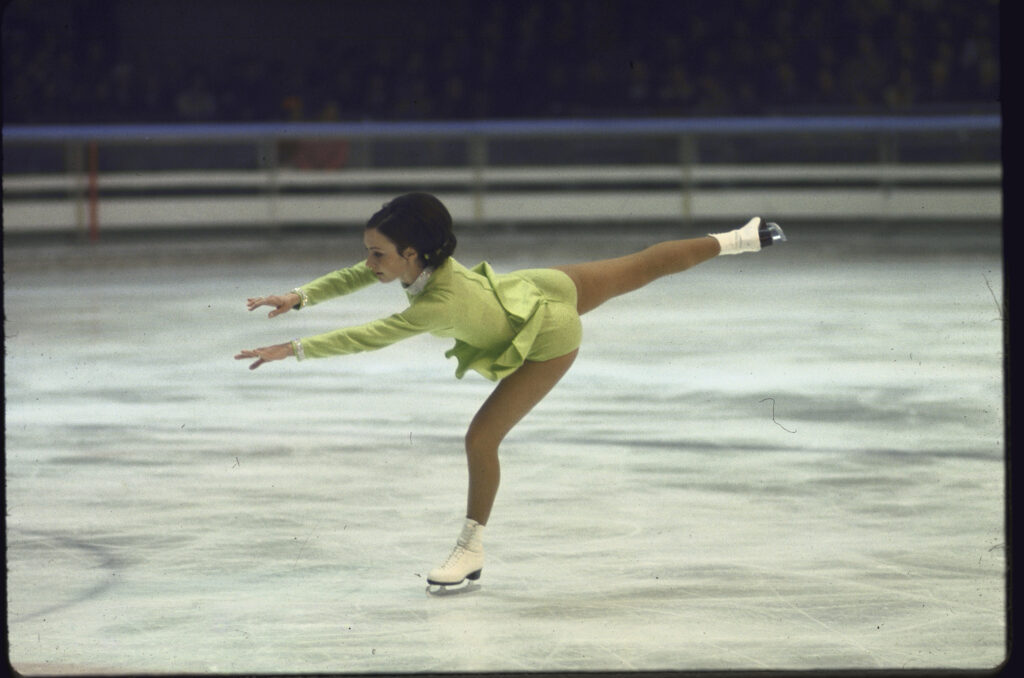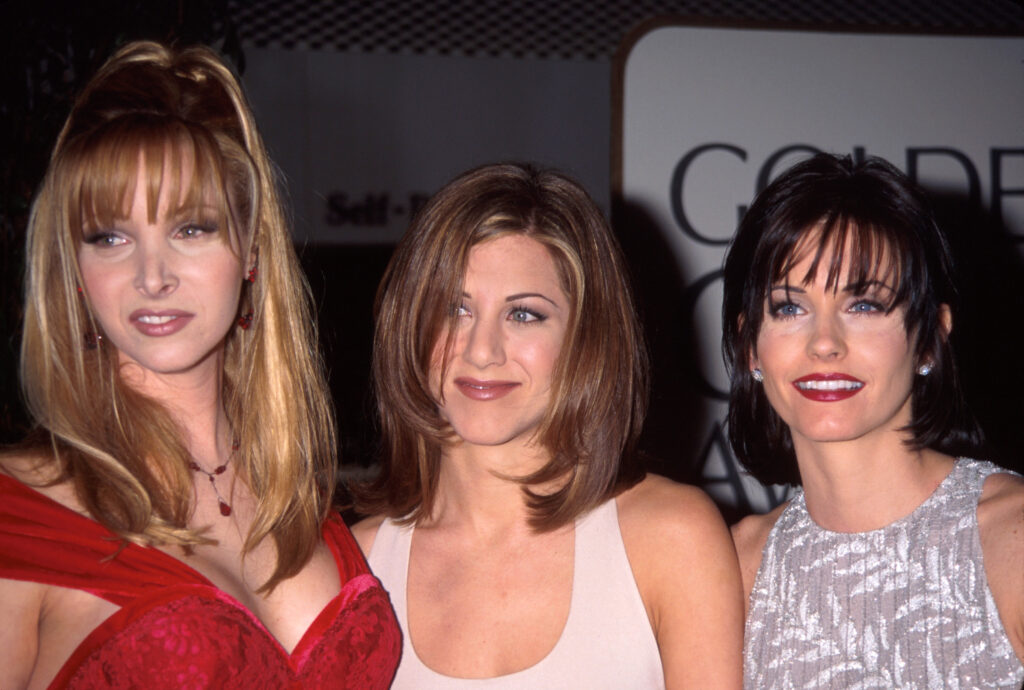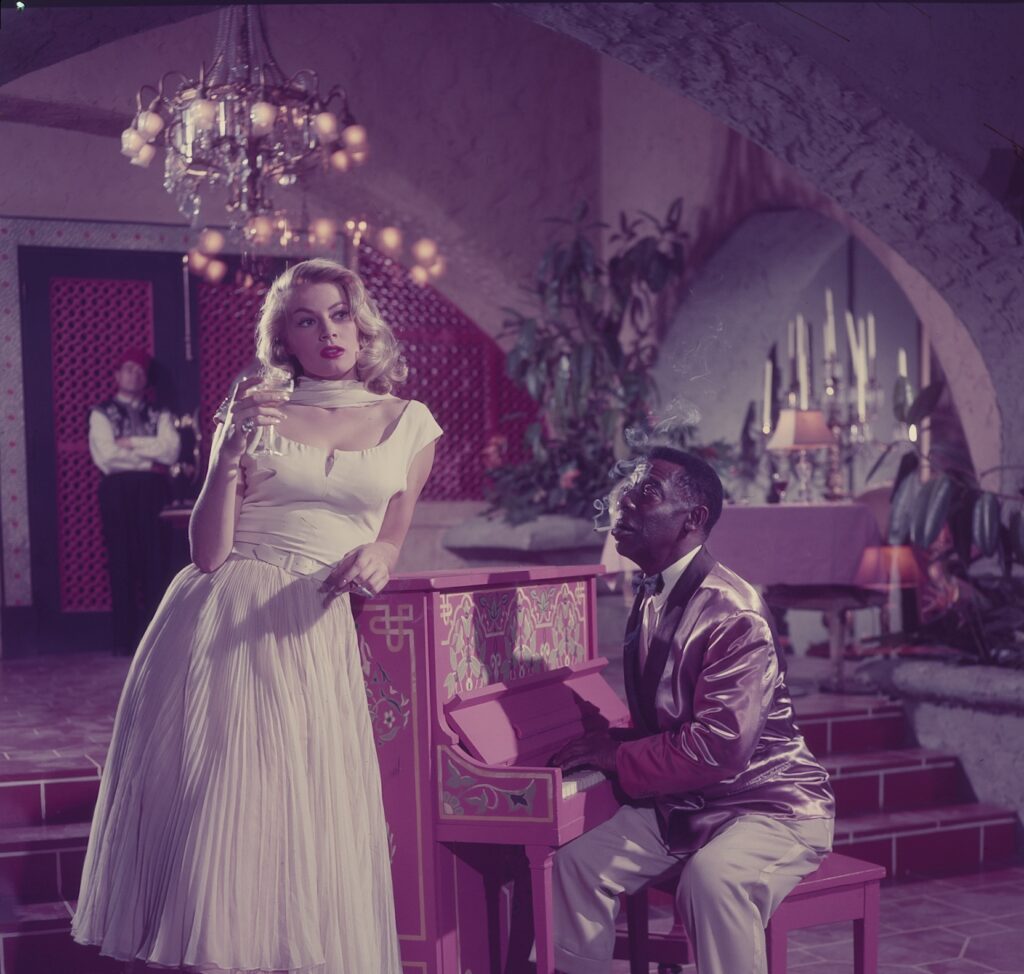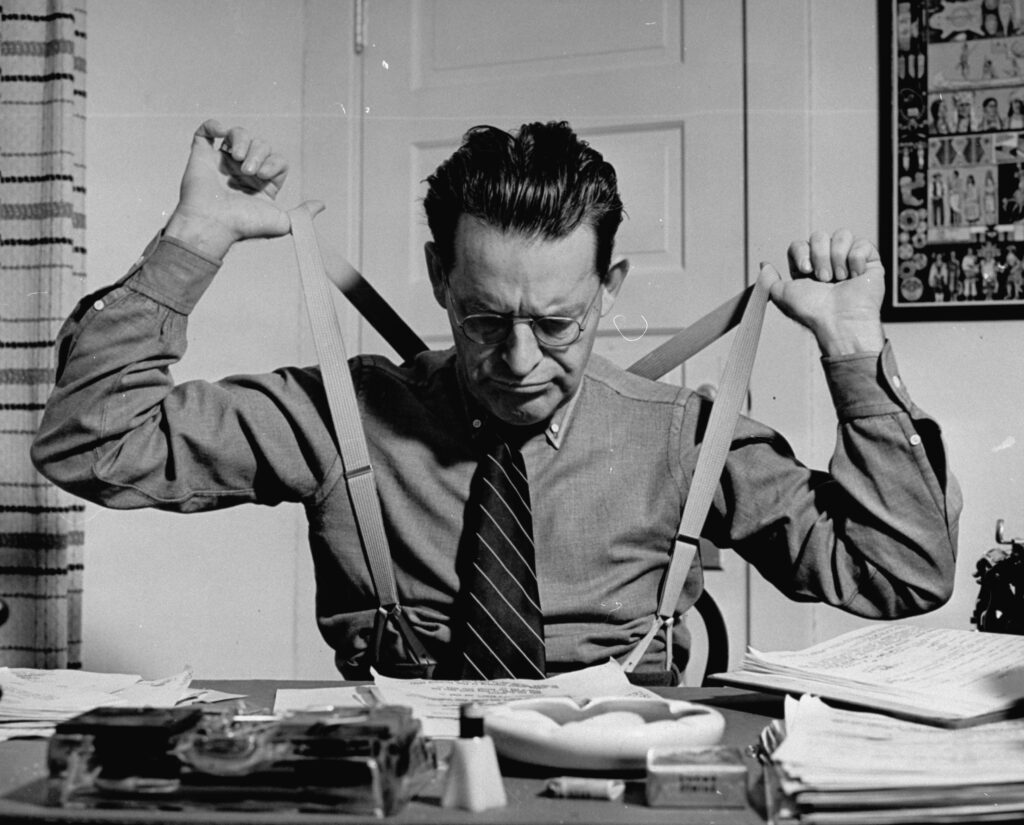In the summer of 2023 Hollywood’s actors and writers are both on strike—the first time that has happened since 1960. The modern strike is all about the changes to the entertainment business being wrought by streaming services and artificial intelligence, and the 1960 strike was also inspired by new technology—specifically, television. Movies that had originally shown only in theaters were now having their television rights sold, and actors and writers wanted in on the action. The writers struck first, with the actor’s joining later, just like in 2023.
LIFE’s coverage of the 1960 strike discussed the issues at hand but was chiefly taken by the spectacle of Hollywood coming to a halt. Here’s how LIFE opened it’s coverage in its issue of March 21, 1960:
Nightmares filled the nation’s dream factories. In movie studios everywhere there was a frenzied scurrying to finish films before the big actor’s strike began. Casts worked almost around the clock on seven-day weeks, catching naps in dressing rooms and on sets. Directors had two scenes shot at once to speed things up. … Then the strike that no one believed would really happen—movies after all are devoted to happy endings—did happen. The cameras stopped. And a kind of panic seized Hollywood.
The photos, mostly by Ralph Crane, depict the drama both in negotiations and on the set, chronicling movies in their last moments of production. A few capture the poetry of Hollywood gone quiet, including a desolate but beautiful photo of a worker watering a patch of indoor lawn on an otherwise empty Paramount Studios set, tending the plot while waiting for the stars to return.
Viewed all these years later, perhaps the most remarkable aspect of the strike is that it was led by Ronald Reagan. He was president of the Screen Actor’s Guild back then, and he would of course go on to serve as President of the United States. While in the Oval Office this former strike leader was no friend to labor. In 1981, his first year as president, the nation’s air traffic controllers went on strike, and he responded by having the 11,000 striking workers fired in what is seen as a pivotal moment in the decline of unions.
In 1960 the actor’s portion of the strike lasted about a month before all sides made a deal was made and everyone was back to making movies.

Screen Actors Guild president Ronald Reagan answered questions about the progress of strike negotiations, 1960.
Ralph Crane/Life Picture Collection/Shutterstock

Ronald Reagan, to the left in a bowtie, leads a meeting of the Screen Actor’s Guild, 1960. James Garner is the third to Reagan’s left, and Dana Andrews also sits nearby.
J.R. Eyerman/Life Picture Collection/Shutterstock

Ronald Reagan, president of the Screen Actors Guild, answered questions during their strike, 1960.
Ralph Crane/Life Picture Collection/Shutterstock

Ronald Reagan, president of the Screen Actor’s Guild, during the union’s strike, 1960.
Ralph Crane/Life Picture Collection/Shutterstock

Actor James Cagney in midst of strike negotiations, 1960.
Ralph Crane/Life Picture Collection/Shutterstock

A scene from the Screen Actor’s Guild strike of 1960, Los Angeles.
Ralph Crane/Life Picture Collection/Shutterstock

A film crew frantically trying to finish its work on “The Dark at the Top of the Stairs” before the start of an actor’s strike, 1960.
Ralph Crane/Life Picture Collection/Shutterstock

A crew frantically trying to finish work on the film “The Dark at the Top of the Stairs” before the start of an actor’s strike, 1960.
Ralph Crane/Life Picture Collection/Shutterstock

Robert Preston and Dorothy McGuire in a scene from movie Dark at the Top of the Stairs, which rushed to finish production before the 1960 actor’s strike.
Ralph Crane/Life Picture Collection/Shutterstock

Fred Astaire kissing Lilli Palmer in a scene from the film The Pleasure of his Company, 1960; the movie was one of those whose filming was interrupted by the actor’s strike.
Ralph Crane/Life Picture Collection/Shutterstock

Charles Ruggles and Debbie Reynolds clowning on set after actor’s strike halted shooting of The ‘Pleasure of His Company, 1960.
Ralph Crane/Life Picture Collection/Shutterstock

Fred Astaire in his dressing room, talking to co-star Debbie Reynolds, after the studio where they were filming The Pleasure of His Company, was shut down by the strike called by the Screen Actors Guild in 1960. Astaire was against the strike, saying “It is violently wrong to interrupt production in the middle.”
Ralph Crane/Life Picture Collection/Shutterstock

The clapboard was raised in front of actress Suzi Carnell during the shooting of Studs Lonigan in L.A.’s Griffith Park before the actor’s strike, 1960.
Ralph Crane/Life Picture Collection/Shutterstock

Slapstick comic and bit player Snub Pollard (foreground) took a lunch break during the filming of Studs Lonigan with the actor’s strike looming, 1960.
.Ralph Crane/Life Picture Collection/Shutterstock

Actors Dennis Morgan, Jimmy Brown and Jack Carson on a golf outing during the actor’s strike of 1960.
Ralph Crane/Life Picture Collection/Shutterstock

The deserted back lot at Fox studios during the actors’ strike, 1960.
Ralph Crane/Life Picture Collection/Shutterstock

Dick Webb watered an indoor lawn on a set at Paramount Studios during shutdown caused by SAG strike, 1960.
Ralph Crane/Life Picture Collection/Shutterstock

























